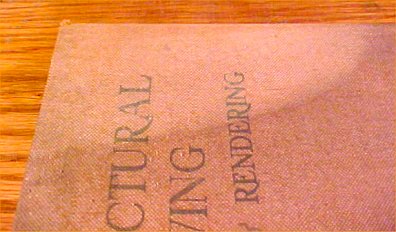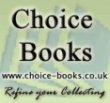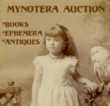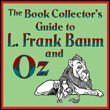|
|
|


Unfinished Surfaces
Books and dust jackets lacking a finish present different and more difficult cleaning problems. The risks of damage increase because materials - paper, cloth, leather, etc. - will be directly exposed to any cleaning product used on them. Therefore, the best approach is to try mechanical cleaning methods first.
Mechanical Methods
A soft toothbrush is often effective at loosening surface dirt from cloth covered boards, and there is the added advantage of being able to work the bristles into joint channels and other hard to reach areas. Delicate bindings may require something softer, perhaps an artist's brush. A vacuum or air compressor can be used with the brush to pick up or blow off the loose dirt, but be gentle! A vacuum can suck threadbare cloth off a book board; compressed air can blow it away.
Art gum erasers, used gently, can also remove dirt. These are especially effective on paper and unfinished cloth. The edges of the eraser crumbles during use, dirt adheres to the crumbs, and the residue can be brushed away. Again, be gentle.
If drops of paint or similar deposits are present, often they can be scraped free with a dental pick or similar tool. A magnifying glass is helpful in preventing over-aggressive scraping. Finally, a heat gun may be effective in softening label glue.
-
Dry Cleaners
If mechanical methods don't get the job done, a dry cleaner may. It's the next safest thing to try. Absorene Paper & Book Cleaner, the "Pink Ball of Magic," is a putty-like dry cleaner that works in much the same way an eraser does and is routinely used in conservation work.
A small amount is kneaded in the hands until soft, rubbed lightly in one direction on the soiled surface, then reshaped to freshen it for additional cleaning. Crumbs will be produced here as well. Because it conforms to the shape of the surface being cleaned, Absorene may also be useful for removing dust or dirt from text block edges. We've used this product extensively on many different surfaces, and not once has it produced any visible damage. It's exceptionally gentle, and, though it will leave a light residue, this seems to disappear quickly.
Gels
Next in order of safety are gels. The best gel we know of is Starkey Chemical Process Co.'s Clean-Cover Gel. (By the way, Talas and Brodart market a gel called Sterling's Instant Action Magic, but don't waste your money on it.)
Apply CCG with a clean cloth, rub lightly, and wipe off the excess. It's important when using this product to first remove as much surface dirt as possible. Otherwise, you may work the dirt deeper into the book cloth. As always, pre-test for color fastness. Clean-Cover Gel will leave a semi-permanent residue, but it's book friendly, offers a layer of protection, and allows treated surfaces to breathe.
WARNING: Any cleaning product is capable of over cleaning. The photograph below shows a book cover partially cleaned with CCG. The results are striking, but note also how the cleaner has partially lifted the green lettering in the title.

- Solvents
The short answer is, don't use solvents on unfinished surfaces. Some solvents may be very effective for removing stains, etc., but the risks of damage (bleeding, fading, staining, etc.) to unfinished surfaces are much higher than with finished surfaces. If you feel that you simply must try one, at least don't attempt it on a valuable book.
A Few Remarks about Leather
Most of the cleaning methods discussed above (with the glaring exception of solvents) may also be used for leather. A future BookSmart! article will discuss cleaning and conserving leather in more detail, but for the time being, don't get too fussy here. Leather cleaners and dressings sold by reputable vendors of conservation supplies are probably fine for most purposes, but keep in mind that they are regularly panned in scholarly journals by guys in lab coats. There's virtually no consensus here on what works and what doesn't, even on saddle soap.
The products discussed above - Absorene Paper & Book Cleaner and Clean-Cover Gel - may be purchased from the following vendors:
To read
"Book Cosmetology - Part II: Mr. Clean's Magic Eraser" click
here.
|
|







|


